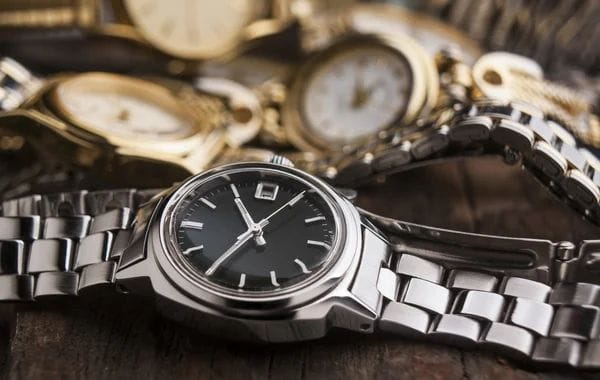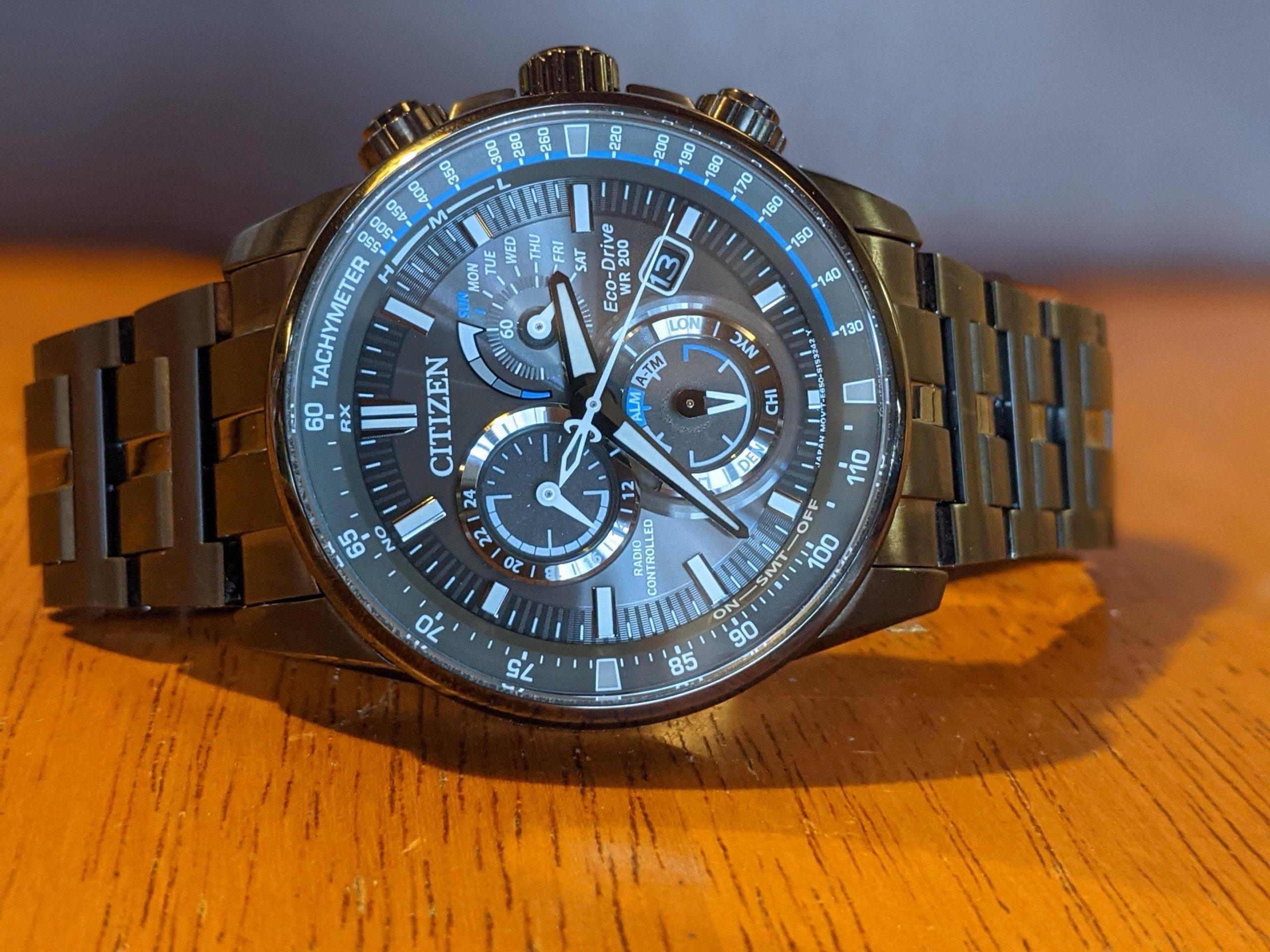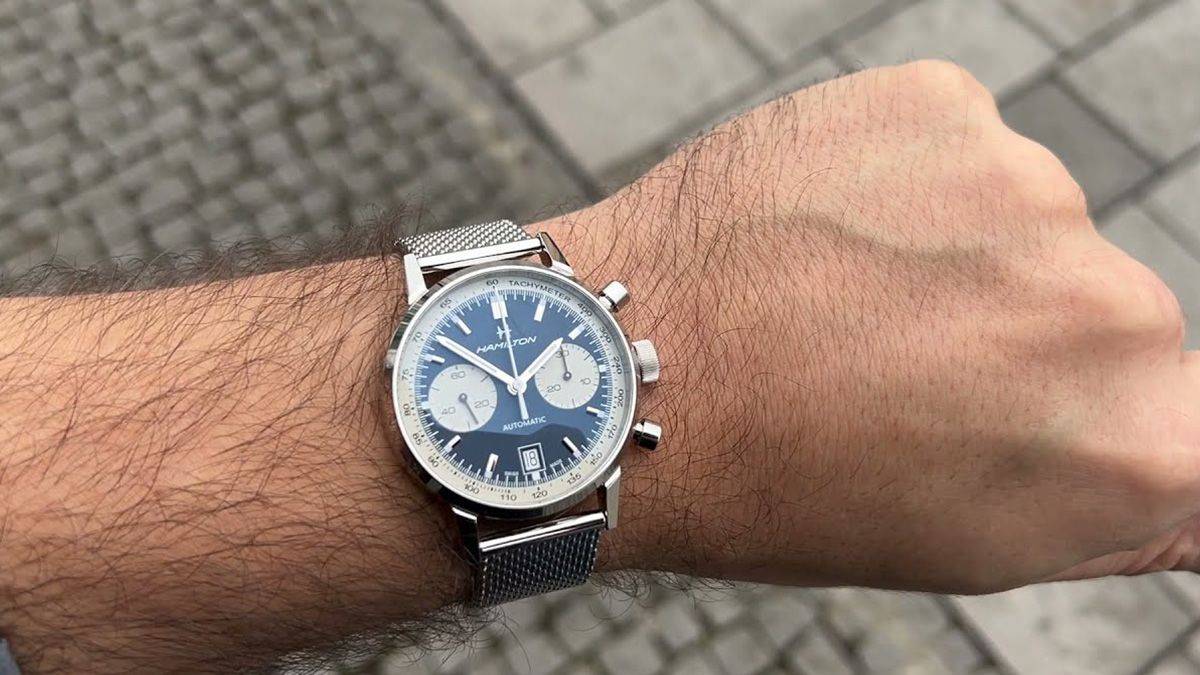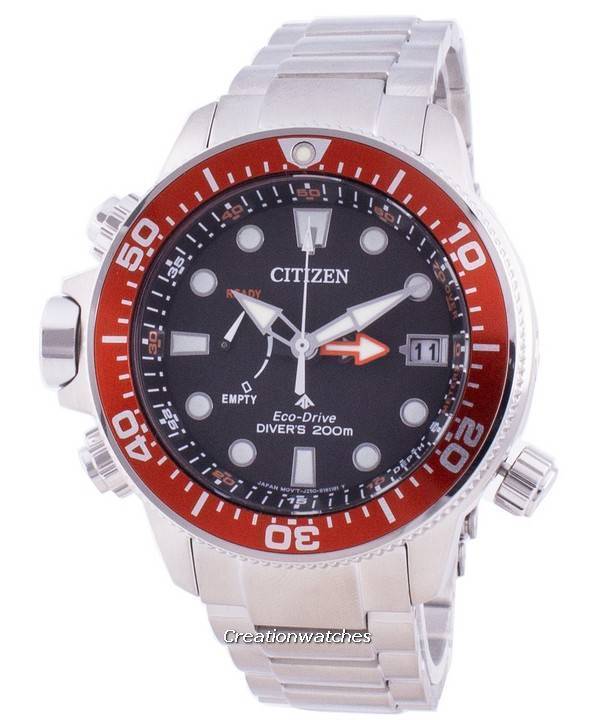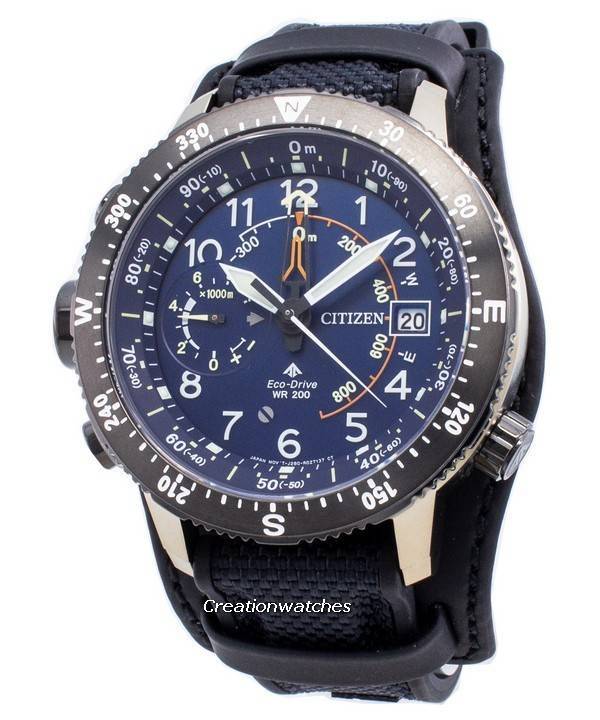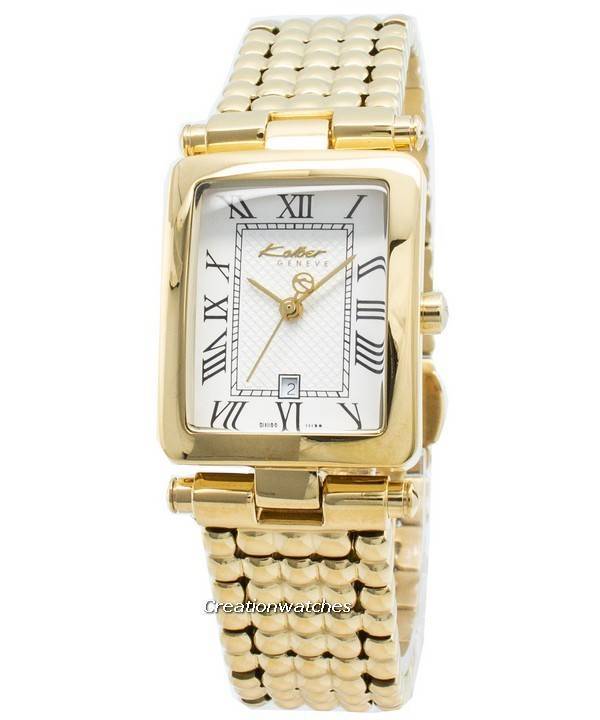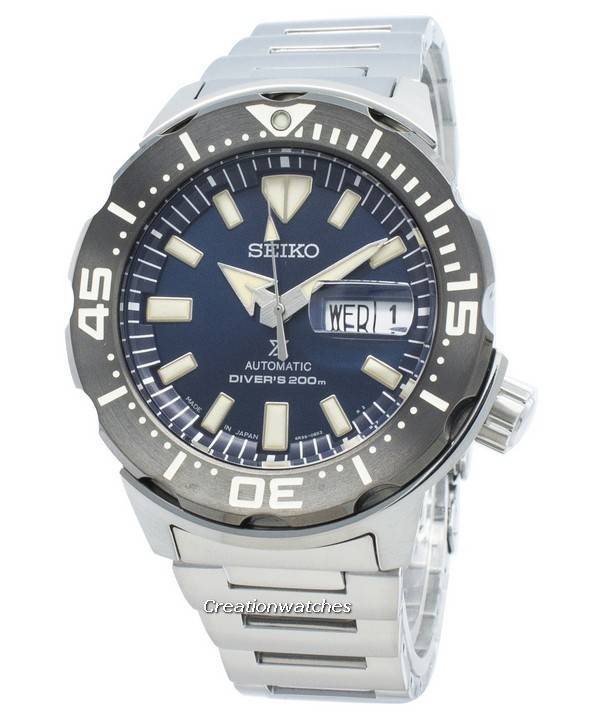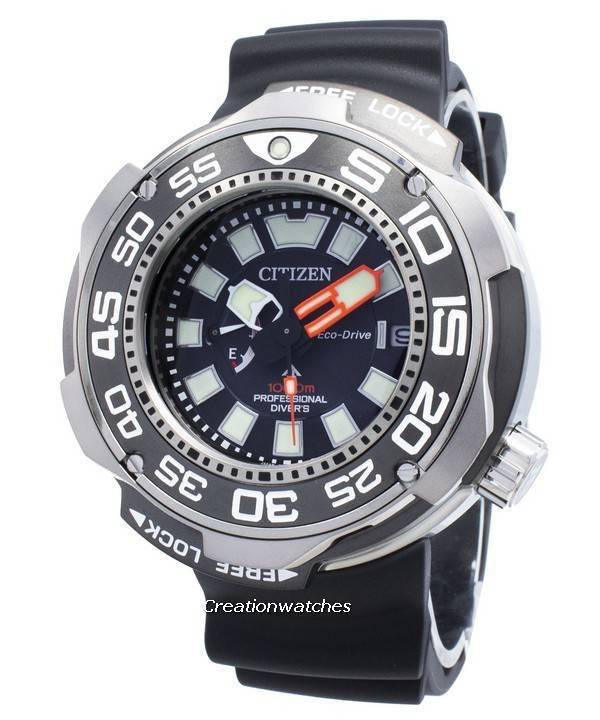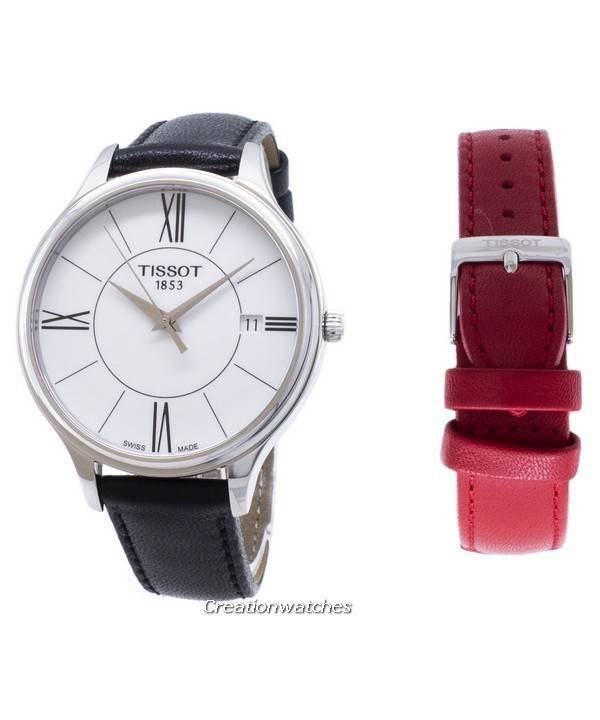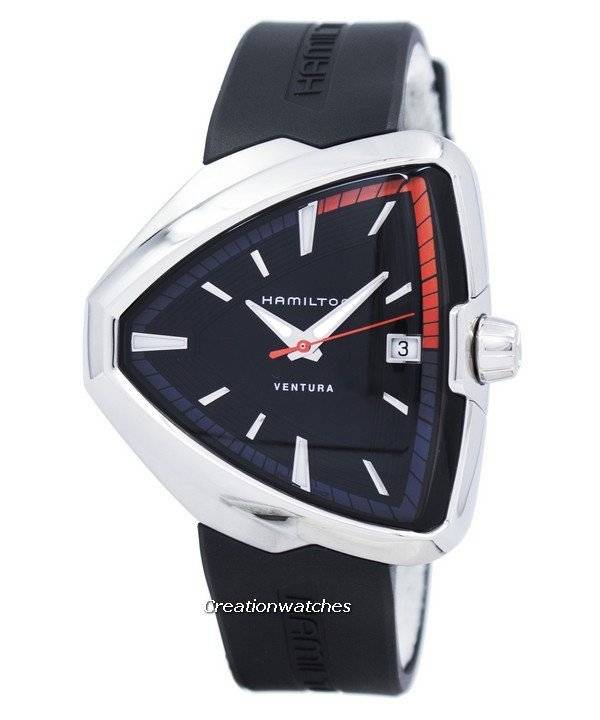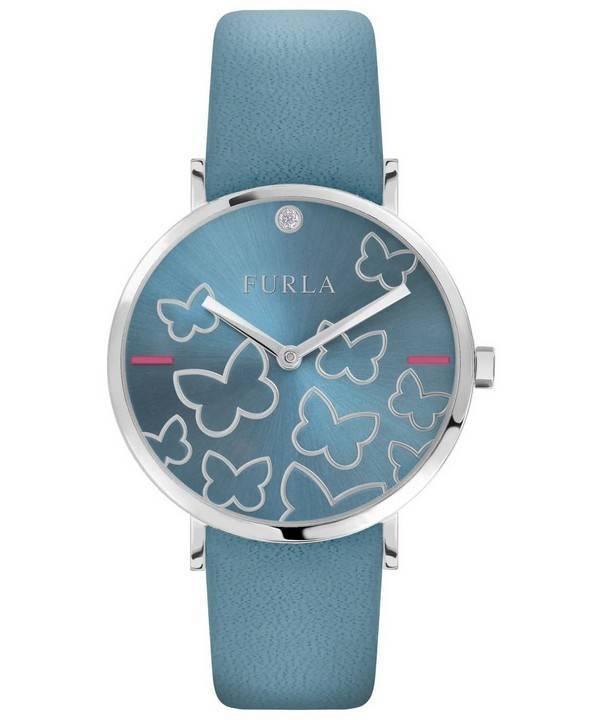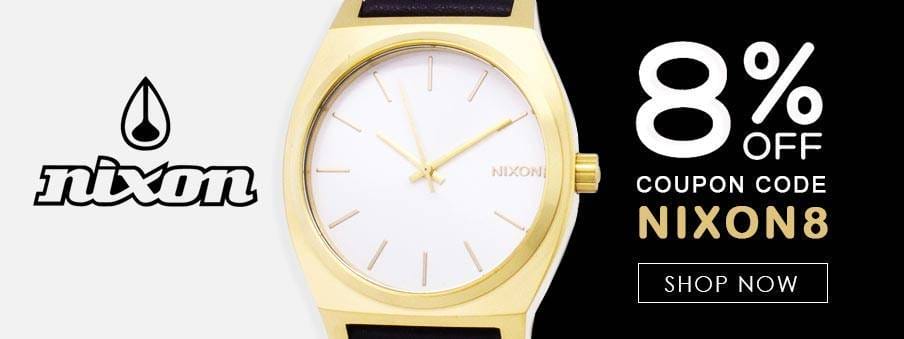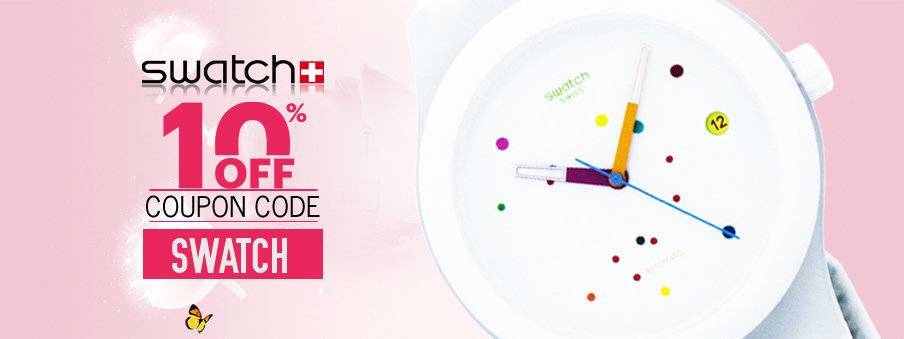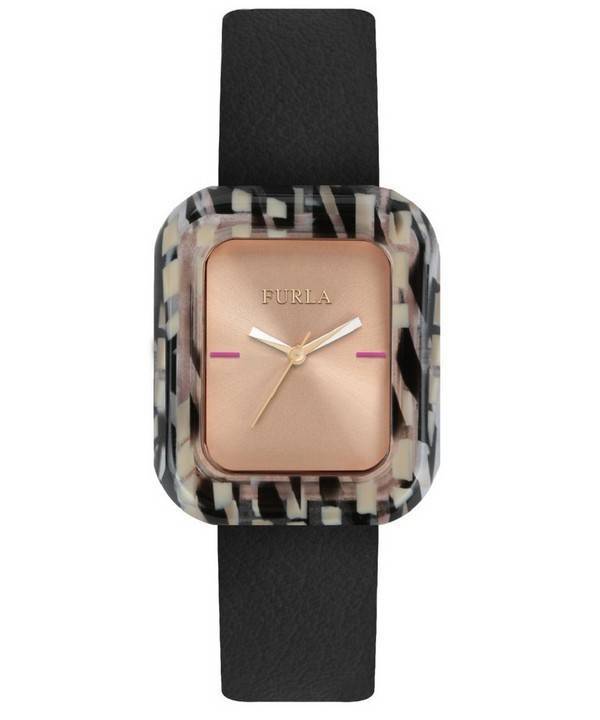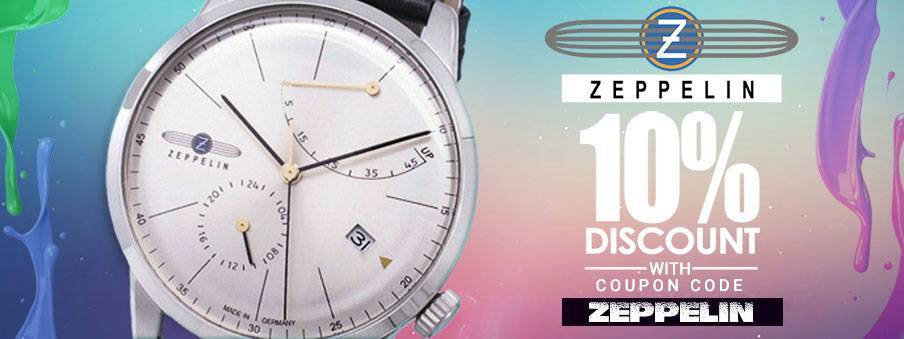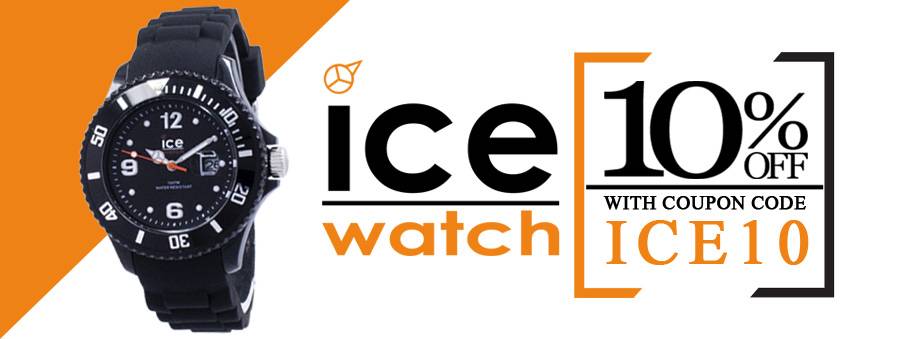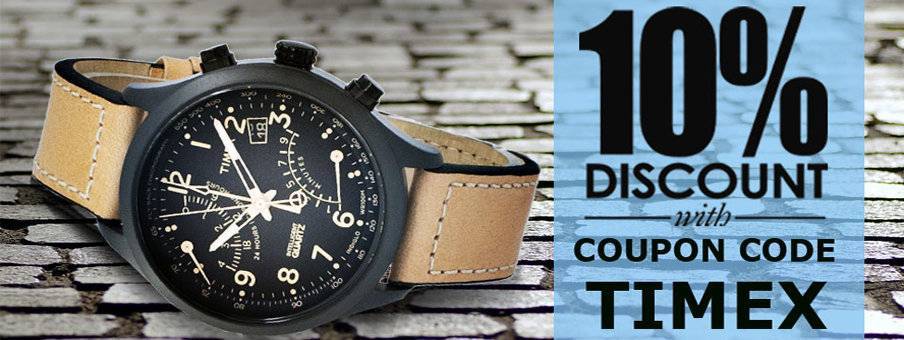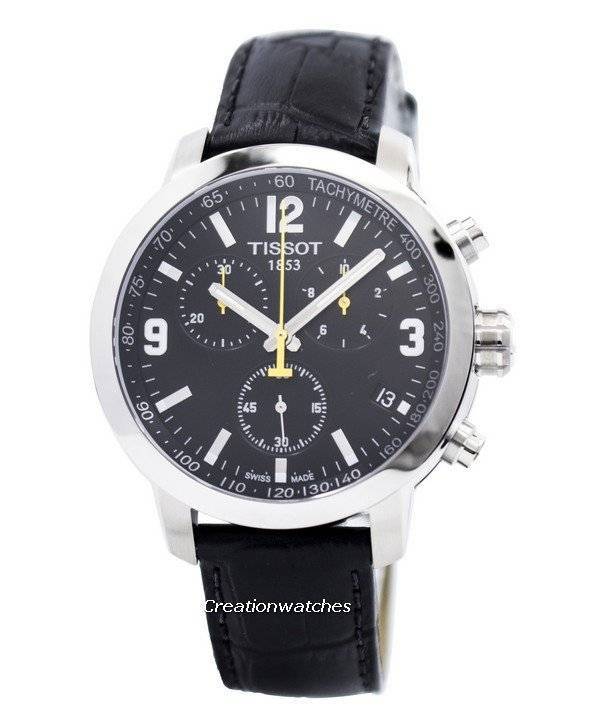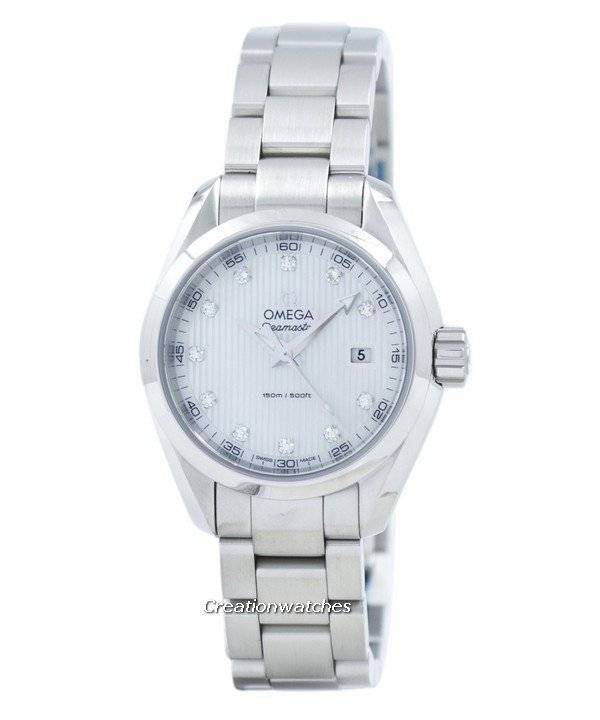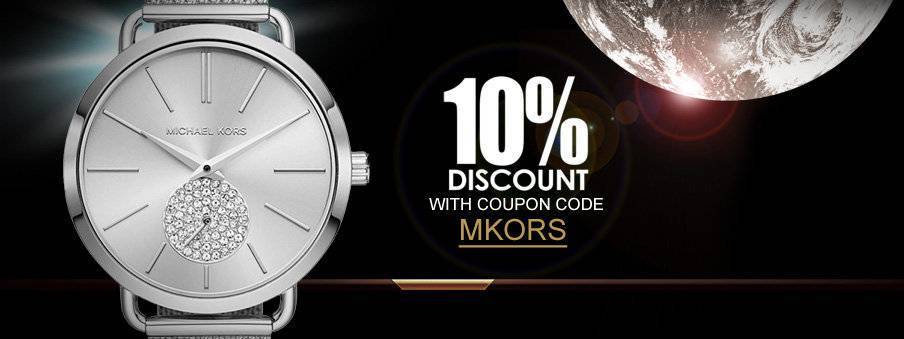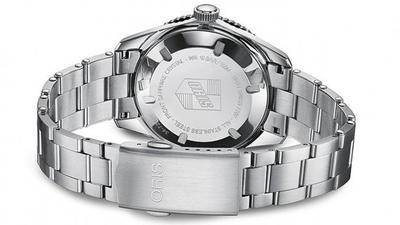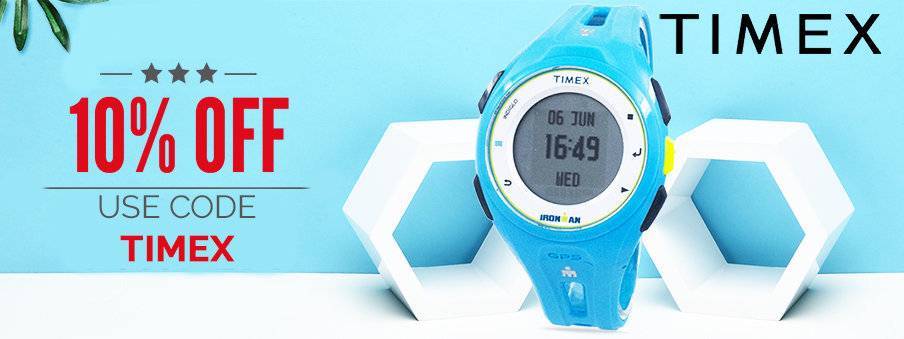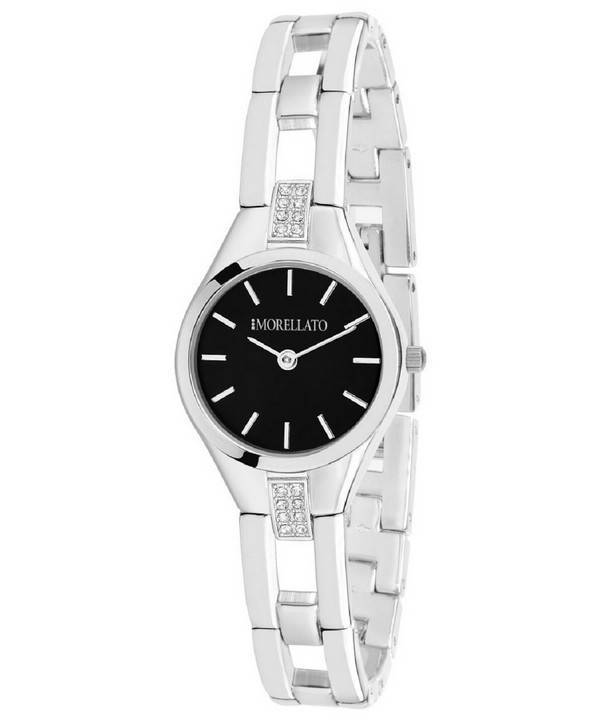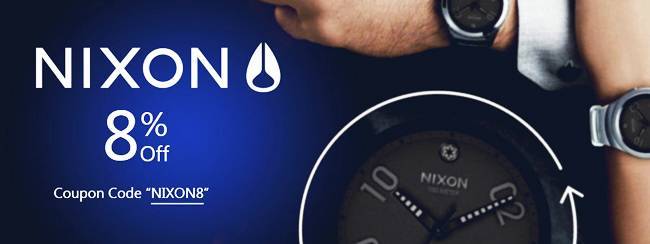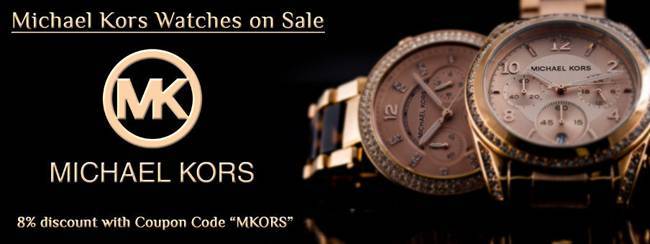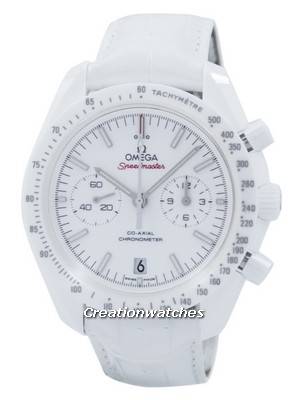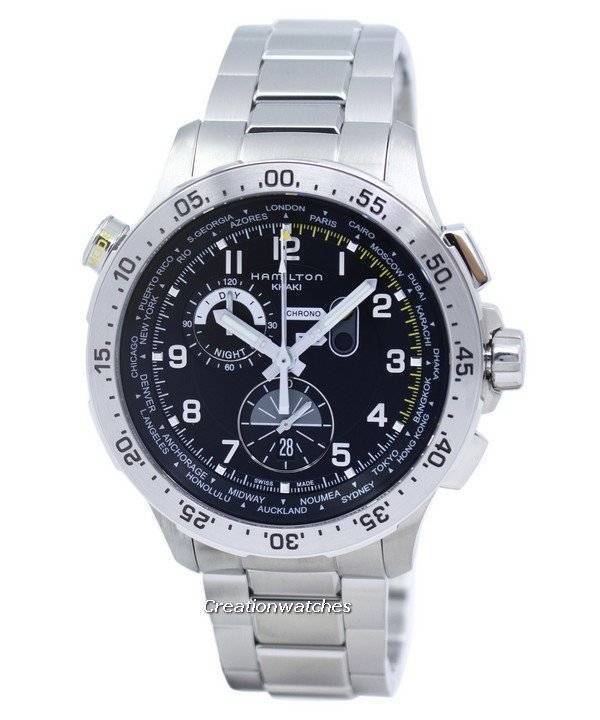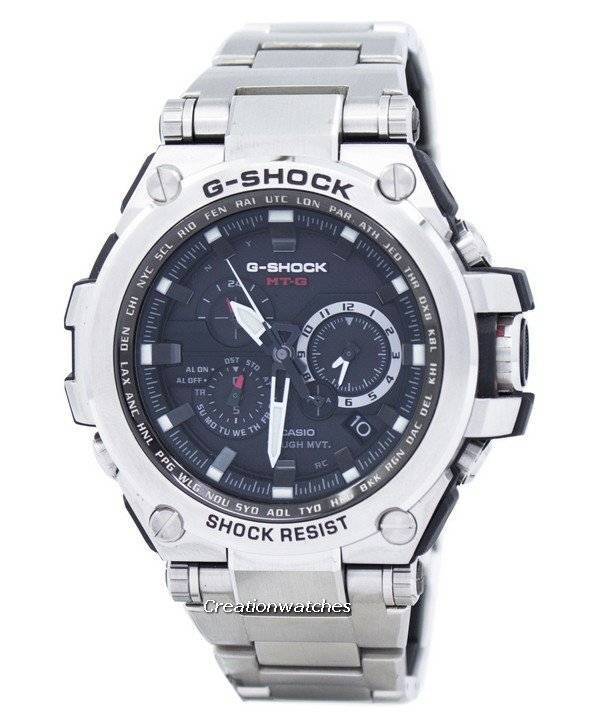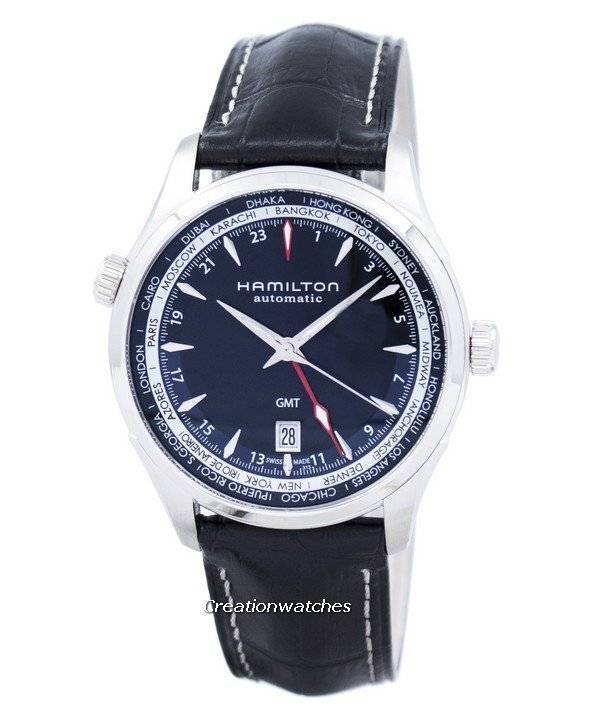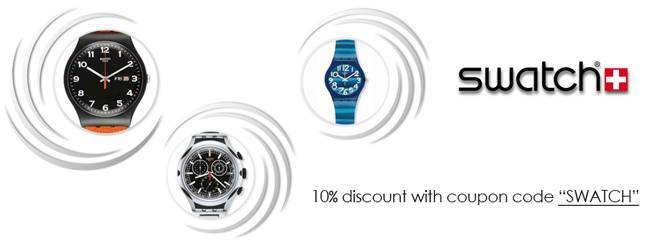Getting into luxury:
So luxury watches tickle your fancy. Very well! You might as well then go through a few interesting facts about them. These are far more intriguing than their jewelry and collectible art forms status that people usually like investing in. These are more about the basics, without which, you can’t even make to the right watch.
Wearing the mark:
The brand-arena is dominated by the Suisse, renowned for their craftsmanship, build and material quality. The tradition continues since mid-1550-s; however, here we focus on just 4 key popular brands – from old to pretty contemporary – and they are Rolex, Patek Philippe, Omega and Hublot. These are fairly good to start with, until the time (and the mind) is ripe enough to admire the beauty of Audemars Piguet, Breguet and Vacheron Constantin.
Note: Extreme purists keep Rolex and Hublot in the pseudo-class, but there’s no denying Rolex removed the extra frailty and made luxury step out and get mainstream while Hublot’s unusually stylish appearances helped open fashion’s new port-holes.
A. ROLEX [1908]: Rolex’s reputation comes as an innovative brand with precision, fine craftsmanship and superior products. They were the first watch manufacturing company to be awarded the Class ‘A’ precision-certificate (1914), something given only to the marine instruments manufacturers. They also pioneered the automatic movement; built the first waterproof watch (1926), the first dual-time watch and many of those meant for adventurous pursuits (deep-sea diving, mountain climbing & aviation).
B. Patek Philippe and Co [1851]: They started off as the designers of most complicated mechanical watches used by the royalty, which they still do even after a hundred and fifty years. Queen Victoria owned a piece; also, the King and Queen of Denmark; of Italy and by the Sultan of Egypt. Patek’s 1989 creation – Calibre 89 – is still hailed as the most complicated mechanical watch ever made; it indicates the date of Easter, sunrise/sunset and handles leap years efficiently.
C. Omega Watch Company [1848]: Precision meets reliability and even the space wasn’t enough to crush it. It was NASA who took notice of the brand after its 1936 tests at the Kew-Teddington Chronometer Trials, England and shot it up to land on the moon. Omega also keeps time at Olympic Games since 1932.
D. Hublot [1980]: Hublot is a French word meaning port-hole. The stylish, unusual approaches make Hublot stand out from the crowd but this is again a purist’s pain – the gold and rubber combo that kind of became a trademark. Hublot keeps time both for the FIFA World Cup and the Ferrari Challenge. Its record is a watch comprising 1,282 diamonds costing USD 5 million.
In continuation:
Then comes the style, the movement, the materials (and their gauge and amounts) and the condition of the watch. Age is a determinant in the antique-luxury class; talk about it now and watch things turn out even stranger. A step at a time, please. In the next installments, we will gradually see if time really flies or flows, or runs or stalls; or if it does that peacefully or simply goes crazy when attempted a track down.



